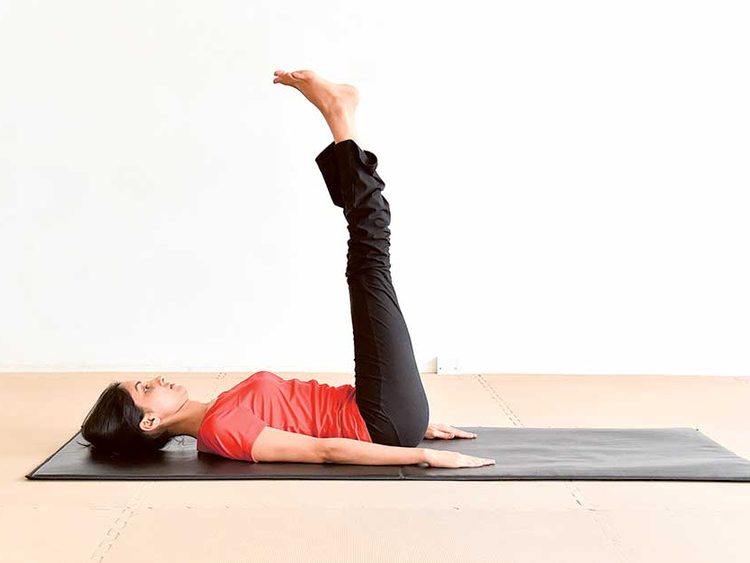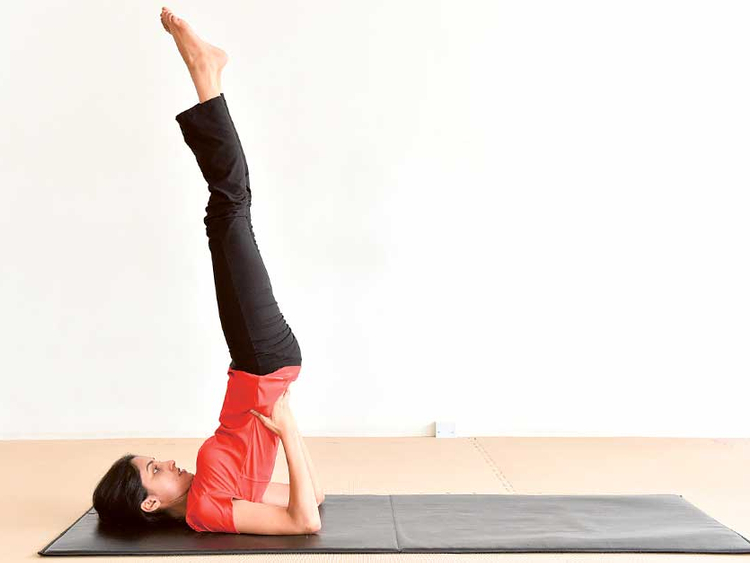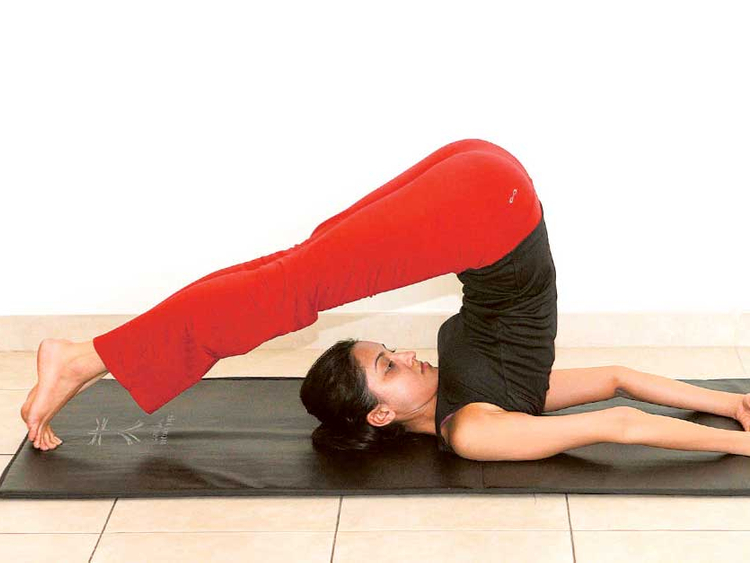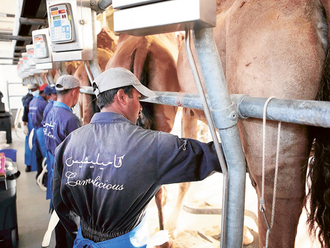
We have understood the many benefits of meditation in Part 1 and Part 2; who can practise it in Part 3 and how to begin in Part 4.
What is meditation?
Meditation is not a technique. It is a state of being. In simple words, it is a state of relaxed awareness, not being passive or indifferent. It is a state of complete alertness, not acute concentration. Many techniques, many systems that prepare an individual towards meditation are mistaken for meditation but they are just techniques to move closer. Anything can become meditation if one wants it to be — walking, dancing, gardening or deep breathing. Several masters have based the techniques on this very understanding. The physical aspects of yoga — asana (posture), pranayama (breath regulation), bandha (neuro-muscular locks), kriya (cleansing techniques) or mudra (gestures) only prepare an individual to achieve this state. The yogis have taken a systematic approach to cultivate the body, mind and emotions in an integrated manner in order to reach this state. It is a complete process.
When one begins the quest to achieve a meditative state, first comes the question “Why”. The ego will want to know the answers as to why do something and the extent of benefits.
Once convinced then comes “How”. The right techniques when practised consistently begin to yield results. This is a long journey which includes catharsis and arriving at an understanding of one’s own beliefs.
Then one arrives at “Now”, aware and alert to the present after which one can go back to simply living. When the mind subsides, meditation begins.
Meditation techniques
As a child, while I was in the Himalayas with my master, Sukhdev Brahmachari, we were asked to sit with our eyes closed and concentrate on the point between the eyebrows (bhrumadhya drishti). We did this for months at a stretch. This is one of the powerful techniques of meditation. This is one of the ways we went inwards. Meditation helps one go deeper — below the surface to unexplored realms — in the mind and the self. It’s a place where there is nothing, it is meaningless yet it gives one a new paradigm and opens life in new directions while putting an end to the conflict within. The science of yoga says to know the universe, one must know the self. This is how the journey begins.
There are several claims to 20 minutes of meditation every day to attain bliss. But if the next 23 hours remain stressful and contracted, it serves no purpose. One must remember that physical, mental and emotional wellbeing contribute to spiritual wellbeing. Meditation loosens the grip of suffering from within. It makes a qualitative difference to life. Each one’s inward journey is unique and so are the techniques applicable to an individual. A master is someone who has already crossed that tunnel and can be of service to one who truly seeks and strives for guidance.
Practice of the week
A simple technique of meditation is to chant or repeat a name or mantra or word that resonates with your belief system for at least 20 minutes every day.
Find a quiet, clean space and sit with the eyes closed with a smile on the face. Listed are postures which are beneficial for body, brain and mind:
Sarvangasana
Halasana
(Steps 1 and 2 for both asanas are same)
Next week: Kayakalp — the science of Age reversal















